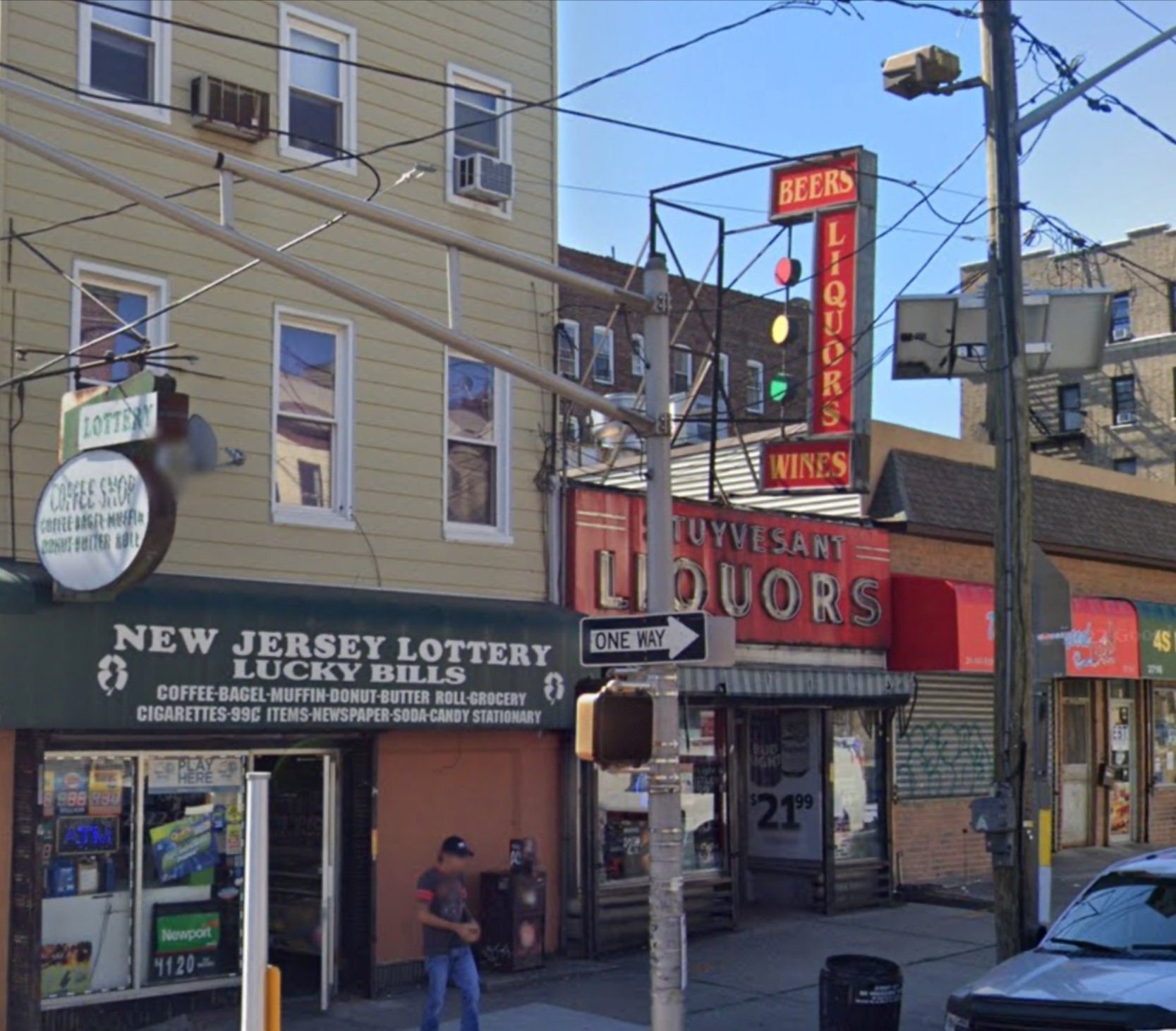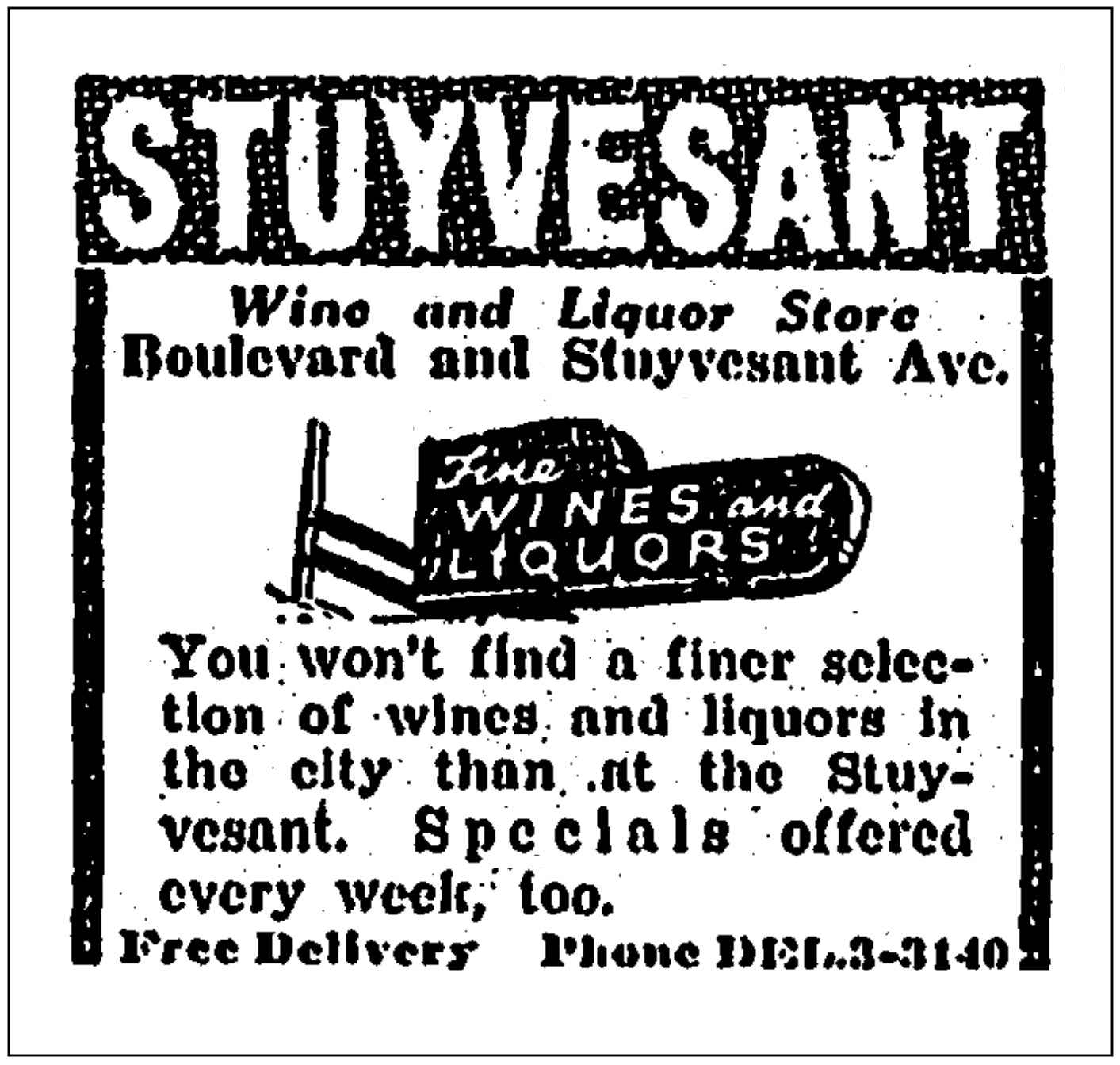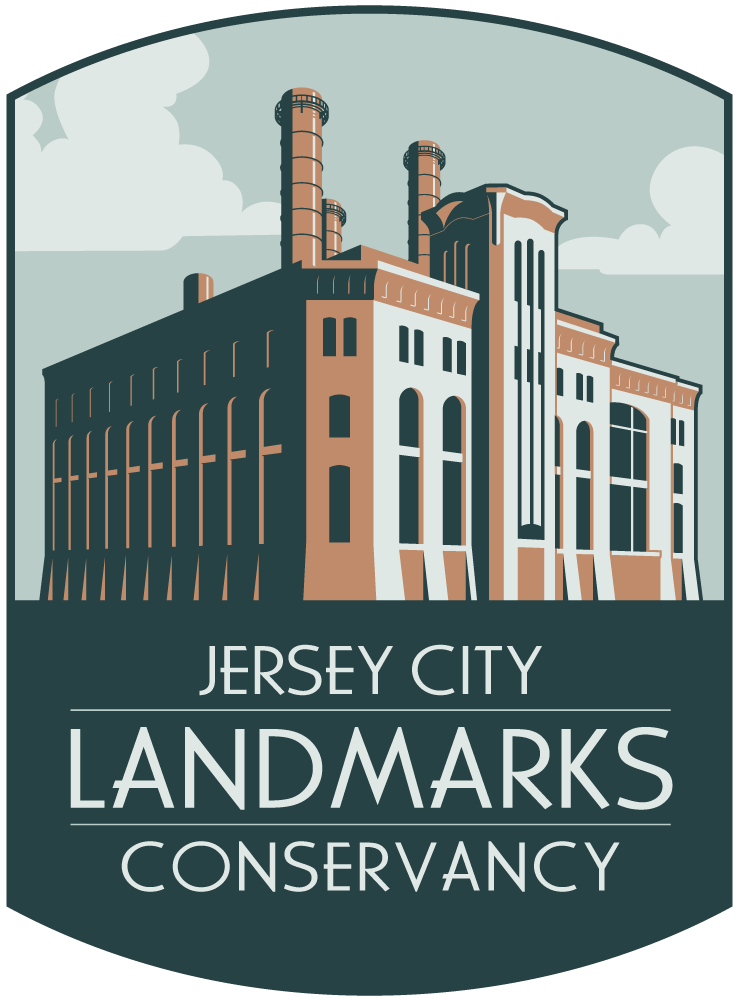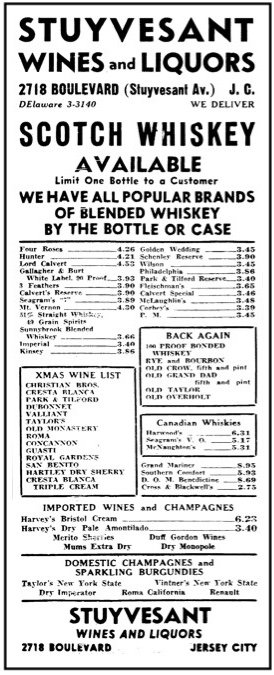Jersey City’s Oldest Neon Sign — Lost



Lost: Stuyvesant Liquors, 2718-2720 John F. Kennedy Boulevard, Jersey City, New Jersey
As with all losses of historic fabric and resources in Jersey City, the Jersey City Landmarks Conservancy was caught off guard when a brand new Poke Bowls business appeared seemingly out of nowhere on Kennedy Boulevard at Stuyvesant Avenue, in the Bergen and McGinley Square districts of Jersey City.
While a new business in our neighborhoods is a positive, in this case one of Jersey City’s oldest family-owned businesses — Stuyvesant Liquors, established c. 1937 — vanished from the streetscape to make way for the new acai shop, and with it a time capsule showroom and fully working neon street sign were both erased from the Boulevard cloth.
Suddenly the long-familiar bright glow of the Stuyvesant Liquors sign was not there anymore.
But it is not just the material erasure of the Depression-era wine, beer, and spirits business that is striking to us as we look at the cultural vacuum that is, today, 2718-2720 Kennedy Boulevard. Equally distressing are the now-faded names and faces attached to Stuyvesant Liquors, particularly the prominent Goldfarb family of Clendenny Avenue in the nearby West Bergen residential district. Julius Goldfarb (1888-1968) worked hard to build up his liquor business starting post-Prohibition and culminating in the late-1930s with his new wine and beer emporium on the Boulevard. The business was held by the Goldfarbs until the end of the 1960s and was consequently sold to subsequent family-ownerships — all the way to 2024.
As a family with European immigrant roots, the large Stuyvesant Liquors sign was a palpable manifest of the Goldfarb success story. If anything, Jersey City planners and preservation specialists could and should have applied a preservation clause to any redevelopment plan for the building — such as salvaging the sign in its entirety for the Museum of Jersey City History or another history-related institution that could care for it.
JC Landmarks is concerned that local objects of significance — it’s not only whole buildings that matter! — remain invisible and hence unappreciated by city officials, property owners, and developers.
Even vintage neon signs are worthy of preservation!


